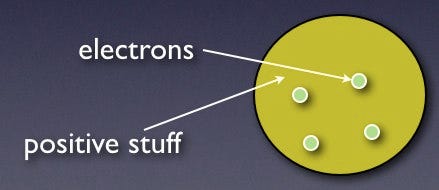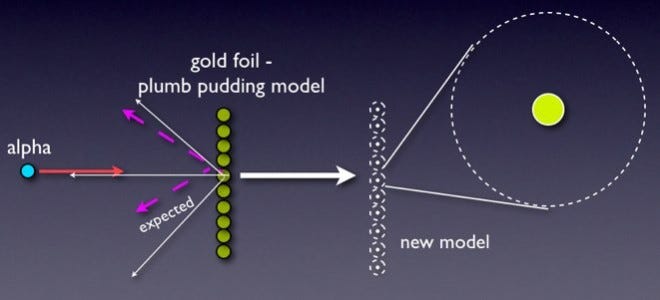Understanding Science: It's Not Just About Truth
Written on
Chapter 1: The Role of Authority in Science
In the context of the ongoing COVID-19 pandemic, many are familiar with Dr. Anthony Fauci. As the director of the National Institute of Allergy and Infectious Diseases and a member of the White House Coronavirus Task Force, he has emerged as a prominent figure advocating for scientific understanding. His presence offers a semblance of reason amidst a sea of misinformation, earning him public trust and support.
Fauci has recently expressed concerns about the nation’s skepticism towards science, stating in a podcast for the Department of Health and Human Services, “When they see someone in the White House, who carries an aura of authority discussing science, some individuals simply refuse to believe it — which is unfortunate, as science represents truth.”
However, the assertion that science equates to absolute truth is misleading.
This raises a critical question: What is wrong with the concept of absolute truth? The essence of something being true implies that it remains static; in contrast, science is inherently dynamic and subject to change.
To illustrate this, consider the evolution of atomic theory. Prior to 1904, the dominant belief was that atoms were tiny, unbreakable units constituting all matter. The term "atom" itself derives from the Greek word “atomos,” meaning indivisible. Initially, different types of atoms (like those for carbon and oxygen) were simply categorized as distinct entities.
Yet, the discovery of negatively charged electrons outside of atoms necessitated a reevaluation of this concept. If a neutral atom contains negative electrons, it must also harbor positive components. Consequently, the notion of atoms as indivisible was challenged.
J.J. Thomson introduced the "plum pudding" model, depicting electrons nestled within a sea of positive charge — akin to plums in pudding. Below is a conceptual representation of this model.

This model was straightforward, but does it represent the ultimate truth? While it aligned with the scientific observations of the time, it was ultimately proven incorrect as new evidence emerged.
Shortly after Thomson's proposal, Ernest Rutherford conducted a groundbreaking experiment. He directed positively charged alpha particles at a thin sheet of gold foil, expecting them to pass through the positively charged "pudding." Instead, some particles were unexpectedly reflected back. This unexpected result forced Rutherford to revise the atomic model, introducing the concept of a dense positive nucleus surrounded by electrons.

The evolution of the atomic model did not stop there. Pioneers like Niels Bohr and Erwin Schrödinger further refined this model, leading to our current understanding — yet it remains an evolving concept rather than an absolute truth.
Science is fundamentally about constructing models that can be updated or replaced based on new evidence.
As an illustration, consider an older physical model of the moon.
- ..youtube:: sQ2zfE8coPM
width: 800 height: 500
This model, dating back to the 1950s, curiously depicts a blank back side of the moon. Two critical points arise from this observation: first, due to gravitational forces, only one side of the moon is visible from Earth, and second, it wasn't until 1959 that humanity had the technology to explore the moon's far side.
This moon model highlights a significant truth: not long ago, no one on Earth knew what the moon's reverse side looked like. This underscores the idea that scientific understanding is subject to change and cannot be regarded as absolute truth.
In conclusion, I concur with Dr. Fauci's concerns regarding the growing anti-science sentiment in our society. Even if we only construct models, their value remains substantial.
Chapter 2: The Dilemma of Science and Truth
In this video, "Science Isn't Dogma, You're Just Stupid (Response to Formscapes)," the speaker critiques the misunderstanding of scientific principles and how they differ from rigid beliefs.
"A Career in Science - The Tough Truth Behind A 'Dream Job'" sheds light on the challenges faced by those pursuing careers in science, revealing the complexities behind what often seems like a dream profession.